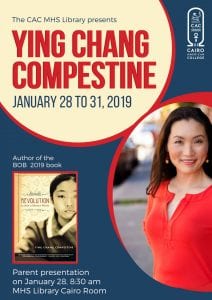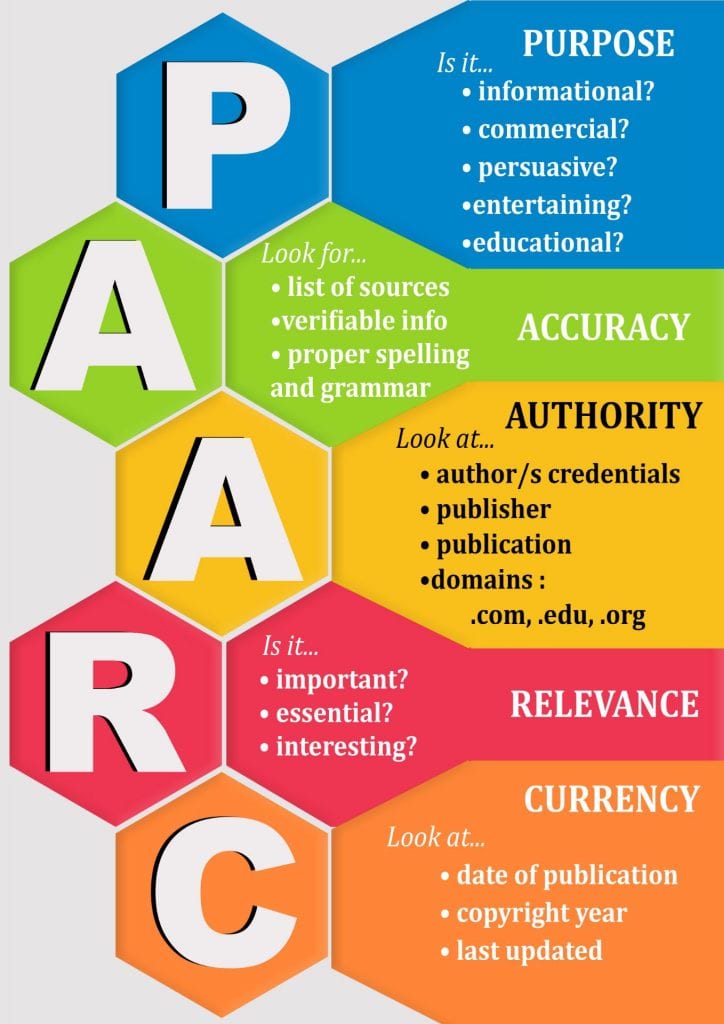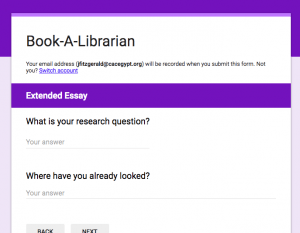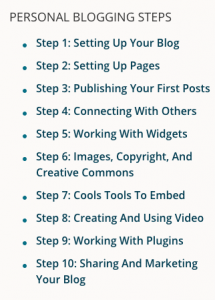End of year statistics
It’s the end of the school year, the very last day that teachers have to be at my school. That last week with students went by in a blur, and I’m only now catching my breath.
I should have worked on these end of year statistics well before the very last day, but it’s just been too hectic. Now I’m wondering which of these statistics are really useful.
So far, I have worked on the usage statistics, which I do find useful to gauge how well we’re promoting our databases. It did show that our elementary library needs to push the Scholastic ebook collections and PebbleGo. That will be a goal for the elementary librarian next year. I will work on promoting the more advanced databases. We have healthy use of Britannica Online, but do want to increase use of the other ones as well.
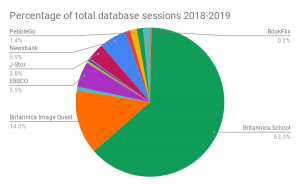
We’ve tracked the door count this year. Unfortunately, we’ve lost last year’s data so we can’t compare, but that’s a lesson in itself.
The door count went down as the year progressed. Students were coming in to the library less as academic requirements increased. One reason I wanted to compare with last year was to see if our new expectation for the library as a quiet and productive workspace instead of being a lounge space was reflected in the door count. One reason for the decrease could be that students were coming in less because they were not allowed to just hang out, but in May, during Ramadan, the numbers didn’t go up as much as we thought would happen.
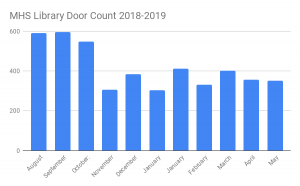
Circulation statistics per se are not too useful. It’s obvious at our school that the daily SSR periods are getting middle school students to check out a lot more than the high school students. Still, it’s rewarding to the top students to be recognized for their checkout behavior. I would like to be able to reward other students, the ones that have the most varied reading life or the “most improved.” Will have to think about how to do that next year.
At my previous school, I did Top 10 books every month, and at year end, but at this school, since we also barcode the books from the book room, those are the ones with the highest circulation numbers. To figure out a top 10 fiction books checked out this year, I have to do quite a bit of massaging of numbers, but still here is our top 10 for fiction.
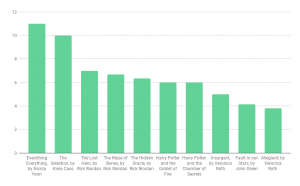
I’m slightly disappointed that none of our middle school Battle of the Book titles ended up among the top 10.
I was going to try to see which non-fiction books circulated the most, but the top 5 titles returned from our Destiny catalog have high circulations because the same two parents checked them out over and over this year.
Some more possibilities for end-of-year statistics:
- weeding log to see how many books weeded this year
- 1078 out of a total collection of 31997 copies = 3.7%
- lost books – but it’s not an inventory year so the number might be off
- 1,281 out of a total collection of 31997 copies = 4%
- ebook / audiobook circulation
- Libguides usage
Will have to give this more thought next year, because I want to create an annual report. Maybe can try one in August to start off the year.
Happy summer!

